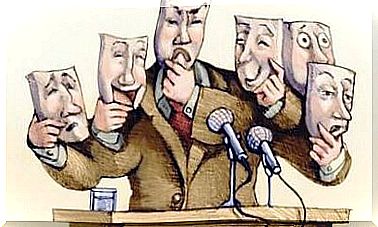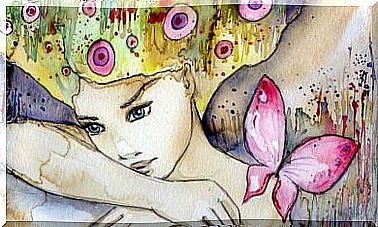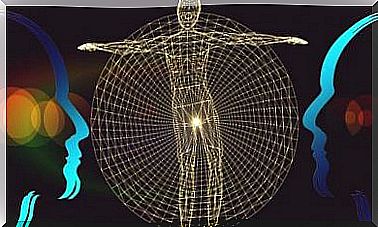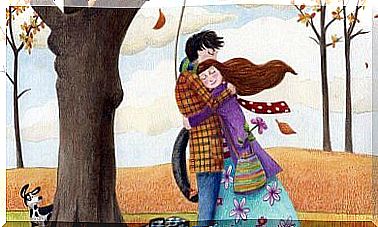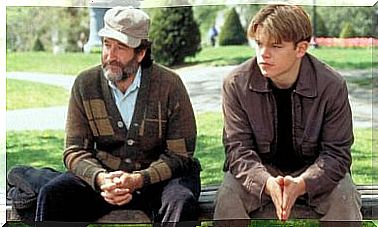Terror During The Black Death
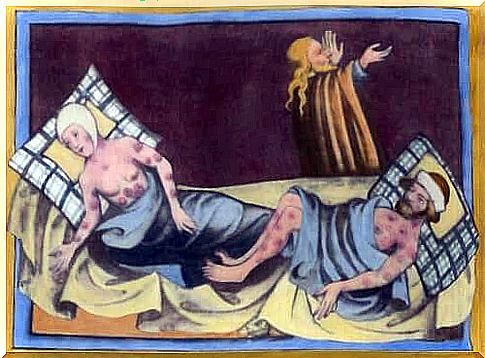
One bad day, a major port city of around 100,000 people receives an intoxicated load. In less than a month, 300 people lose their lives every day in a deadly epidemic, at the end of which 10% of the population has died.
The origin of the plague pandemic is unknown, as are the means to avoid it. Men and women, children and the elderly, peasants and artisans, members of the clergy and gentlemen, all die in the same way. The most democratic event of their life will be the end. There is no escape.
This is not the story of zombies. It is the city of Valencia, in the crown of Aragon, in 1348 the epidemic was called the Black Death. It is only in an exercise of empathy, by placing ourselves in the shoes of these medieval men, that we can understand their attitude, their mentality or the decisions they made. Knowing the scale and characteristics of the disaster helps us put ourselves in their shoes.
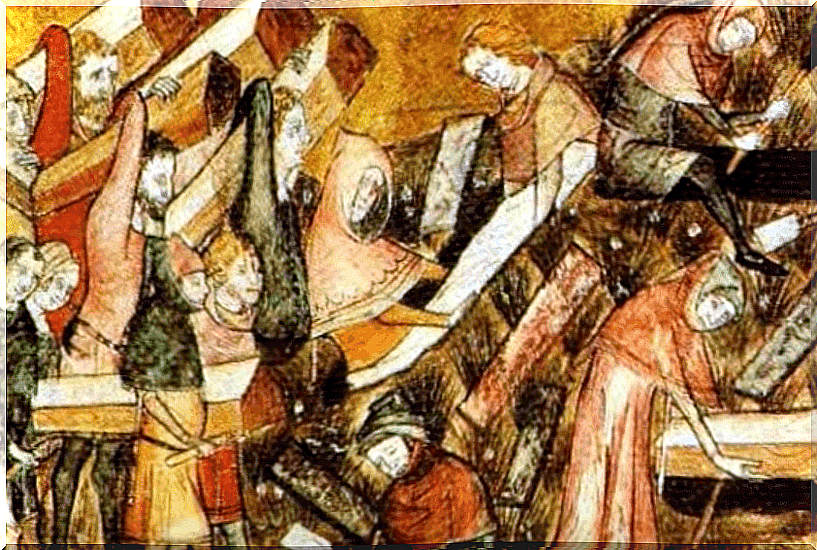
Sick Europe
Valencia or Aragon were not specific exceptions, in the middle of the fourteenth century, the plague devastated Europe, in one of the greatest demographic catastrophes in history. Well known to the inhabitants of the Old World, they had inhabited it for several centuries and would still have to suffer from it for several centuries. However, it had not manifested itself with such virulence since the time of Emperor Justinian in the sixth century. The plague has succeeded in generating greater fear than the queen of ancient evils, leprosy.
Historians agree on the point of entry into Europe: Caffa, Crimea. The Mongolian army besieged the city and brought into its ranks something more deadly than its steels. It has been said that the Mongols themselves threw infected corpses.
In reality, there is no need for some sort of primitive biological warfare, no wall can prevent the passage of rats and fleas. The Genoese merchants, alerted, fled in terror to Italy. It was too late, the Mediterranean passed from a maritime wall to a bridge. Within a year, the whole West was doomed.
The paths of the black plague
In its day, it was believed that the spread was aerial. The pestilences emitted by the corpses, the Greek medical tradition or the astrological superstitions went in this direction. Most likely was the speed of the rats and fleas that accompanied them. Until two weeks after the contagion, one could not show symptoms; then in the next five days death was already certain.
In each infected port or city, a new source of spread was established. The flight from the cities brought the plague to the fields, where the demographic effects were even more catastrophic. The main trade and pilgrimage routes became rivers of death. After the passage of the Black Death, there remained the temples dedicated to Saint Roch, in search of a divine intercession which did not always happen.
The face of disease
Today we believe it was bubonic plague, but other options, such as Ebola or pulmonary anthrax, are not excluded. The symptoms must have been overwhelming. From the black spots that give it its name, to coughing, delirium or inflammation, they were warnings of an early death. In addition to the airborne or animal contagion, the blood was also very dangerous. Attention to the sick had become impossible and they were unfortunately abandoned.
Hunger, being an orphan or the loss of crops were the logical consequences of the demographic crisis. It is difficult to distinguish the direct and indirect deaths caused by this phenomenon.
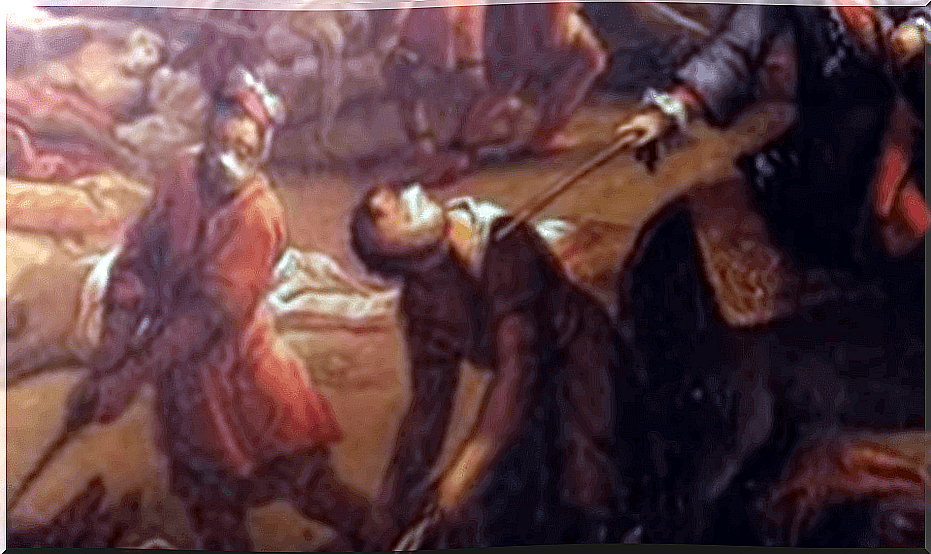
What if the plague comes knocking on your door?
Human losses amounted to 50 or 60 percent in France, England, Italy or Spain, with even higher incidences in some areas. Among the victims there were some illustrious, like Alfonso XI of Castile who died in besieging Gibraltar. The homes even reached a truce during the Hundred Years War.
The reactions to such a catastrophe were obviously chaotic. As was common at the time, the Jews quickly served as a scapegoat. Accused of having poisoned the population, they were attacked by desperate crowds. Faced with social disintegration, the conventionalists no longer made much sense. In times of plague, prostitution and other vices increased, perhaps in a desperate carpe diem. Apocalyptic piety is also seen to be increased, the search for forgiveness of sins in the face of imminent death.
A curious economic consequence was the liberation of vast tracts of land. Many peasants who survived were able to access it. In a society on the verge of subsistence, the death of the neighbor brings a poisoned gift. What is certain is that after the plague, the Renaissance will come.






